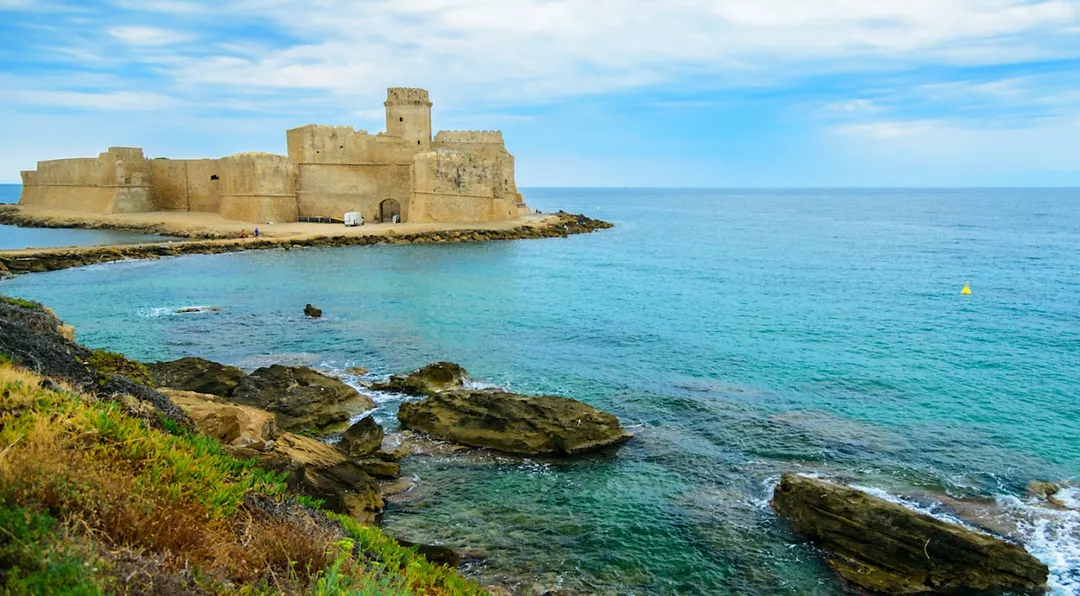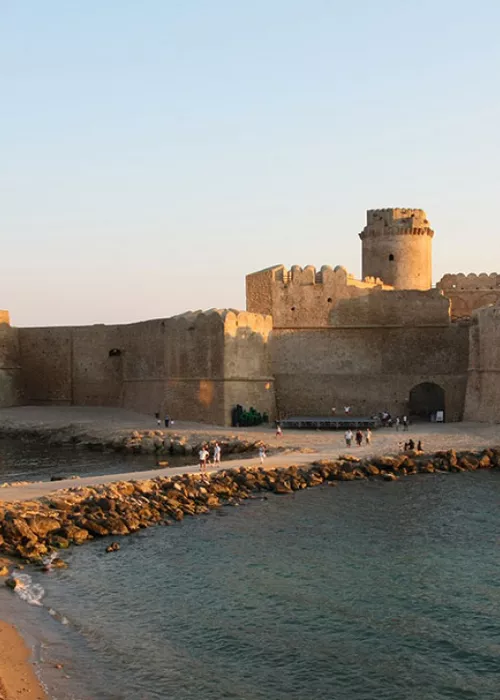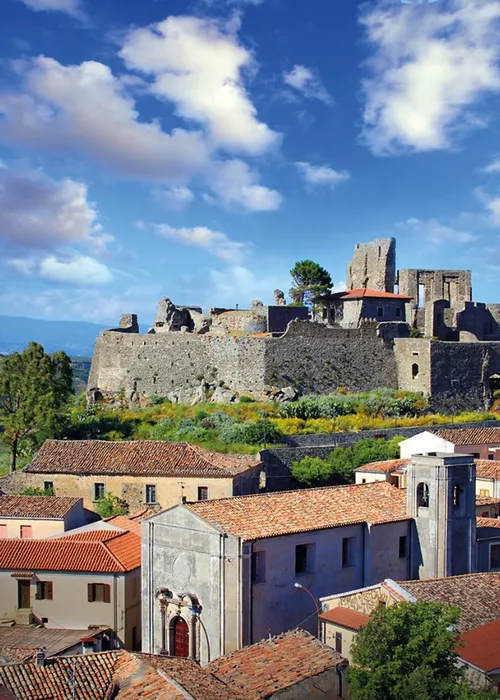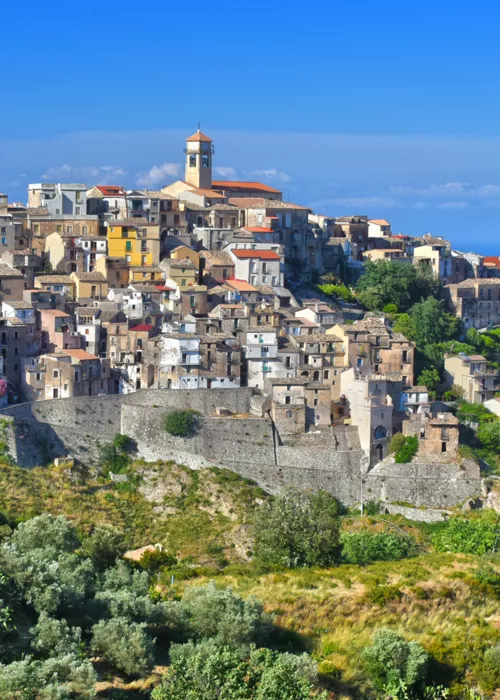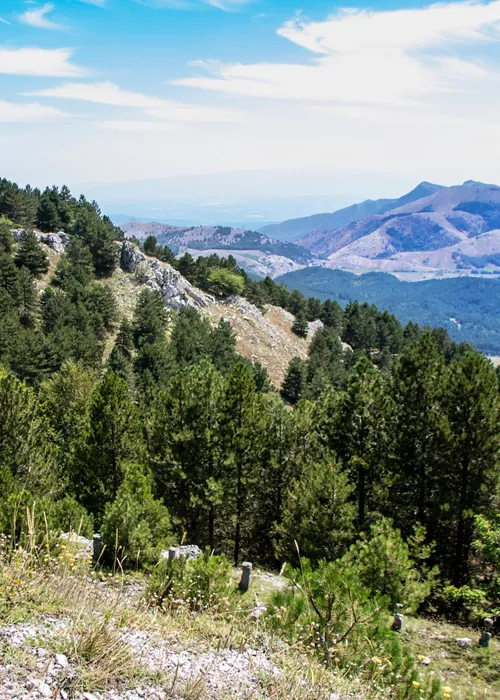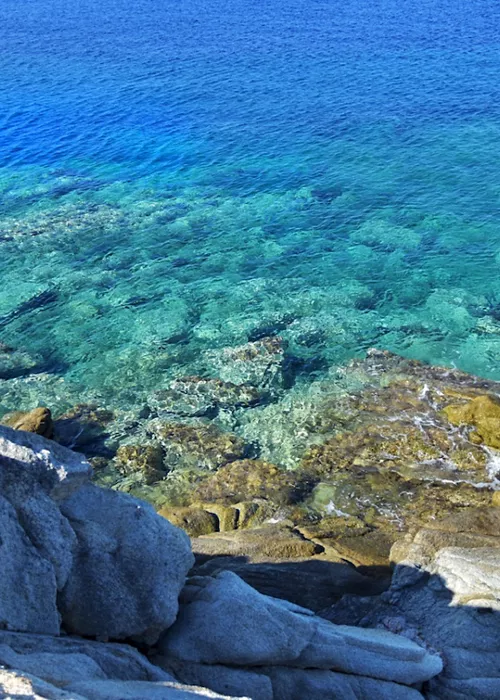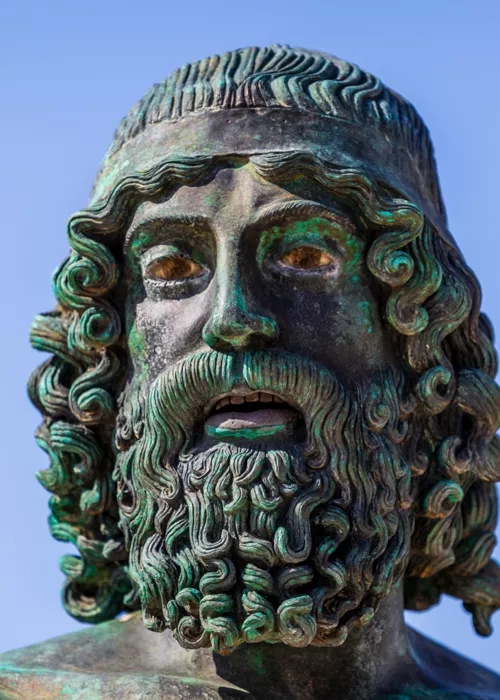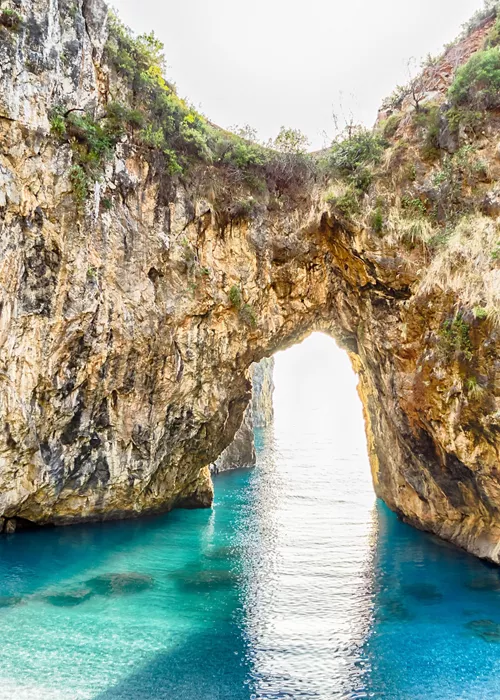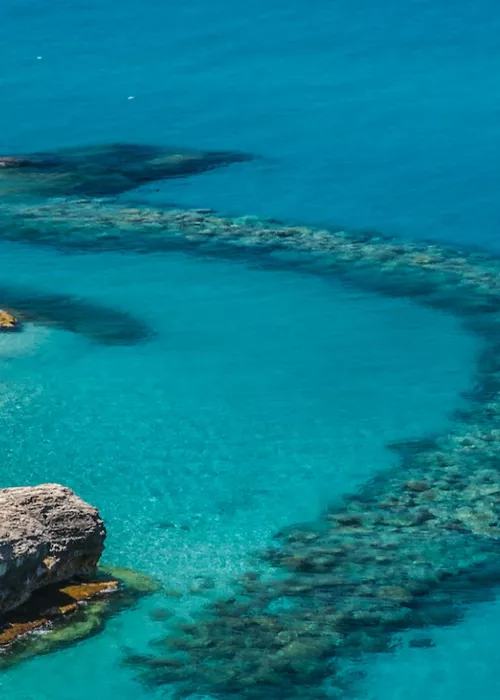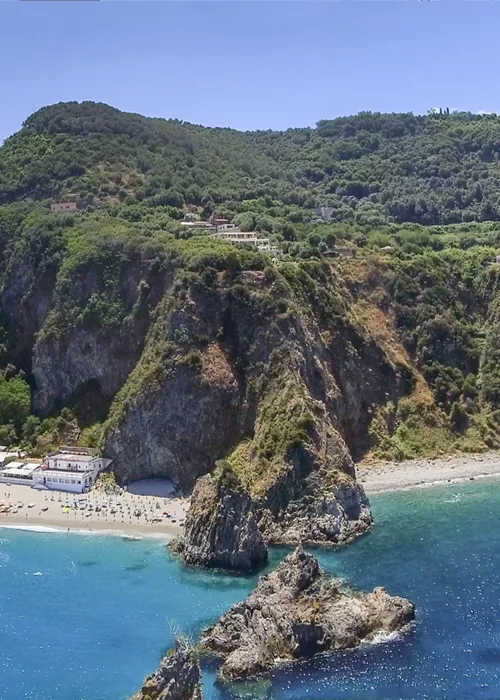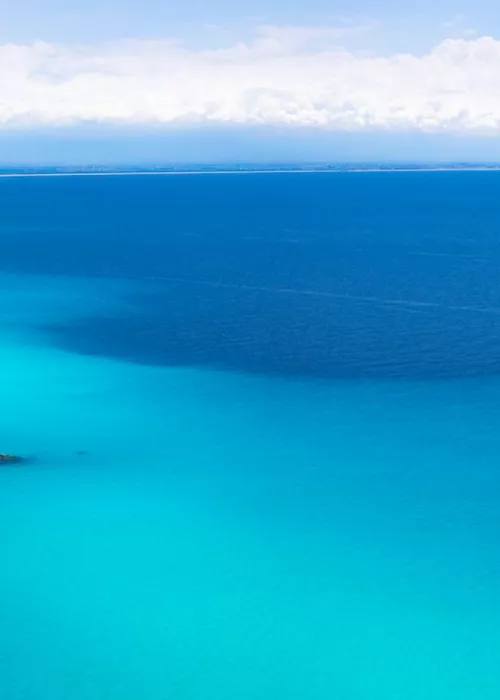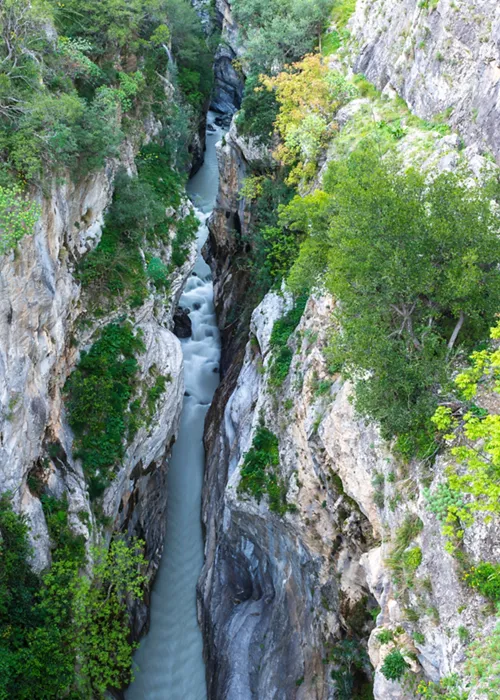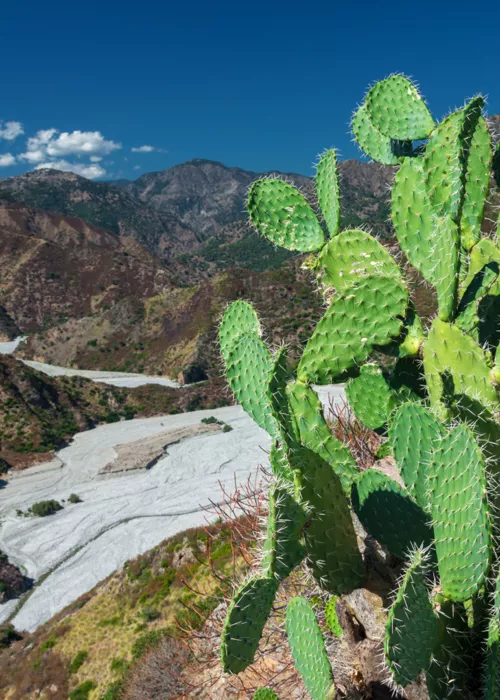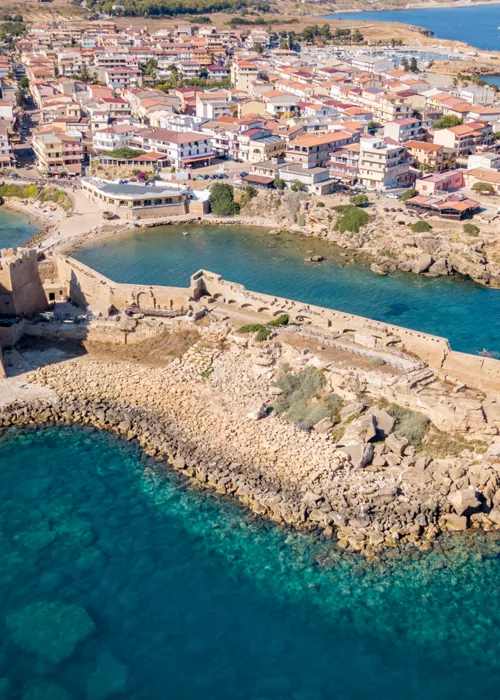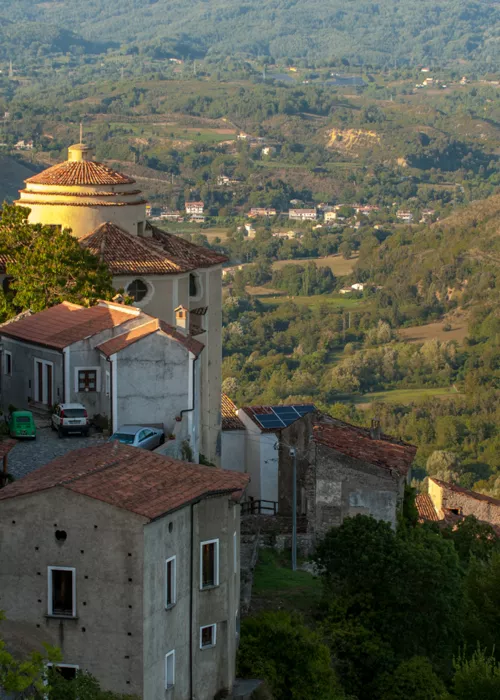Tracing Magna Graecia on the Nausicaa Riviera
4 minutes
From the Roccelletta Archaeological Park in Borgia to Cape Colonna, this journey looks at the history of Calabria by travelling through its tourist destinations and along the charming coasts of the Ionian Sea in the Gulf of Squillace.
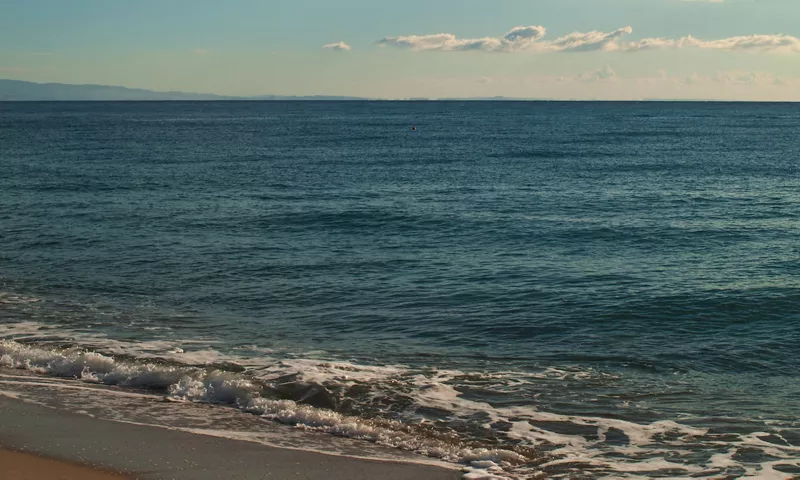
The Parco Archeologico della Roccelletta park in Borgia (in the province of Catanzaro) is where the Greek colony of Skylletion rose. Excavations have brought to light structures from various eras such as a theatre and Roman forum, and the basilica of Santa Maria della Roccella of Norman origin (1060 AD). No walls of ancient Skylletion have been uncovered as the Roman city is on top of it, but several pottery finds were discovered from the 6th, 5th and 4th centuries BC. The Antiquarium is located in the park. It is home to several finds from the area, including a marvellous series of statues and portraits from the Imperial Age (1st - 3rd centuries AD). The Roman forum includes a paved rectangular area surrounded by porticoes. Excavations have already brought to light a Caesareum, Curia and thermal wing. A small temple, monumental fountain and tribunal are also visible. The Roman theatre (1st and 2nd centuries AD) - which can seat about 3,000 people - was built on a hill where an amphitheatre from the 2nd century AD was identified (the only one in Calabria) along with 3 thermal areas, 1 necropolis and an aqueduct.
Continuing along the road that runs alongside the Ionian Sea in the direction of Crotone, and crossing the marvellous tourist destinations of Sellia Marina and Botricello, you reach Le Castella in Isola Capo Rizzuto, the location of the homonymous protected marine area. Its uniqueness and location: Built on an islet in 204 BC when condottiere Hannibal stayed in the area inhabited by Arabs and Aragonese, it is connected to the coast by a thin strip of land. In ancient times, Le Castella wasn’t the only castle in the area and the plural name Le indicates there were several fortifications here.
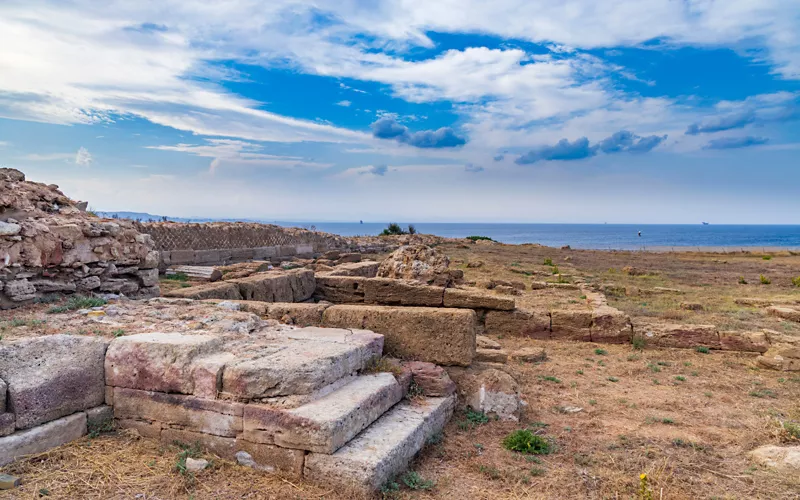
10 km south of Crotone on the promontory overlooking the Ionian coast of Cape Colonna (called Heraion Lakinion by the ancient Greeks) is the Parco Archeologico of Capo Colonna, which covers an area of 30 hectares. The area of Lakinion Akron - one of the most well-known sacred places in all of Magna Graecia - revolved around the sanctuary of Hera Lacinia. The true temple had the classical shape of Greek temples: a majestic complex with 48 Doric columns over 8 metres high and comprising 8 concave grooves. The roof was made with marble slabs and Parian marble tiles.
Cities to visit on the Nausicaa Riviera
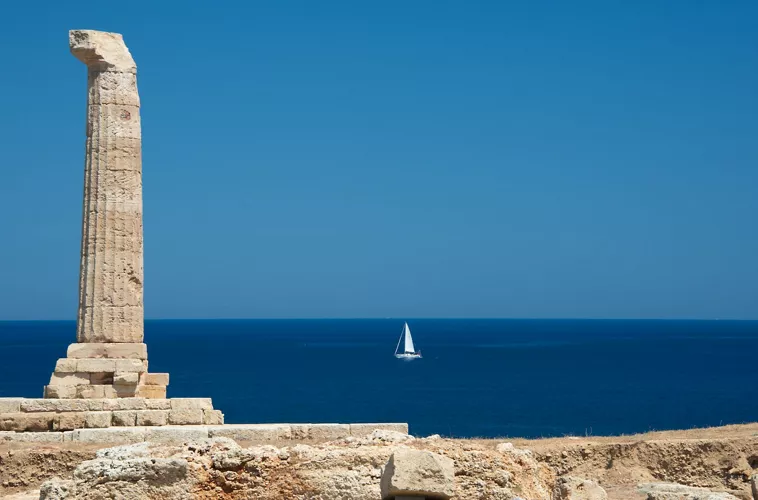
The Nausicaa Riviera is one of the most charming stretches of sea along the Calabrian coasts, that is that part of the Ionian Sea from the southern Punta Stilo to the northern Capo Rizzuto. It still has evidence of the flouring Magna Graecia civilization and today is a renowned tourist area with wonderful seaside towns and ancient villages perched on the slopes of the hills.
Squillace
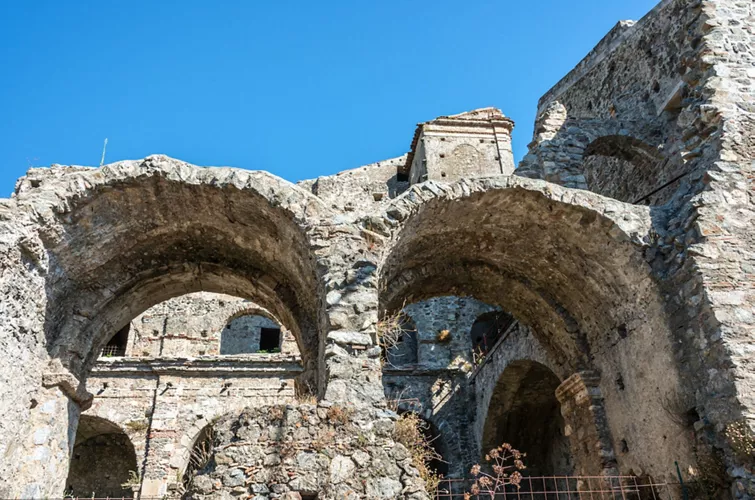
Divided into several districts, the most important is the old town centre where there are many monuments and churches such as the duomo (cathedral) dedicated to the Assumption, Town Hall and the Norman castle. The latter is an impressive building whose skilful renovations have also made Piazza Castello the perfect place to enjoy a magnificent view. Then there is the more recent district of Squillace Nuova, and Squillace Lido, and other smaller, more rural districts. The city boasts special recognition by the Italian Ministry of Economic Development: In fact, its pottery has received the PDO seal.
Copanello
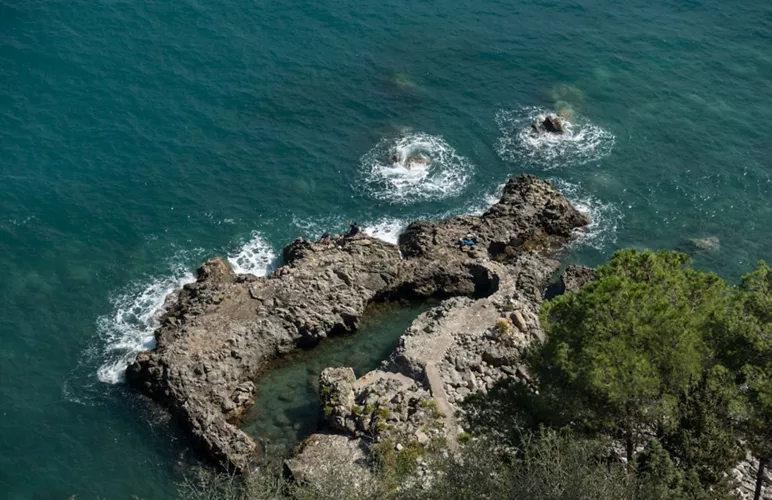
Situated in the middle of the Gulf of Squillace along the marvellous Costa degli Aranci coast (also known as the Costa dei Saraceni coast), this area is characterized by luxuriant hills and granite promontories that slope down towards the sea and create fine-sand beaches and sea stacks dotted with grottos, the most famous being the grotto of San Gregorio. A holiday destination, it has much archaeological evidence from the Late Roman period, such as the ruins of the small triple-apse chapel of S. Martino, the only Calabrian ruins from the Early Christian period.
Pietragrande di Montauro
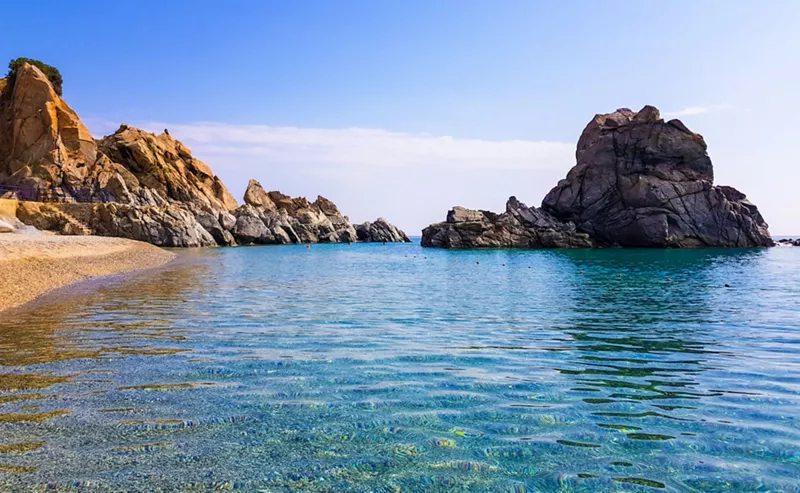
It’s in the heart of Costa degli Aranci coast, close to Catanzaro and Soverato, and is known as a seaside and tourist destination. Its beach, unique sea stacks and numerous historic traditions are a marvellous setting.
Soverato
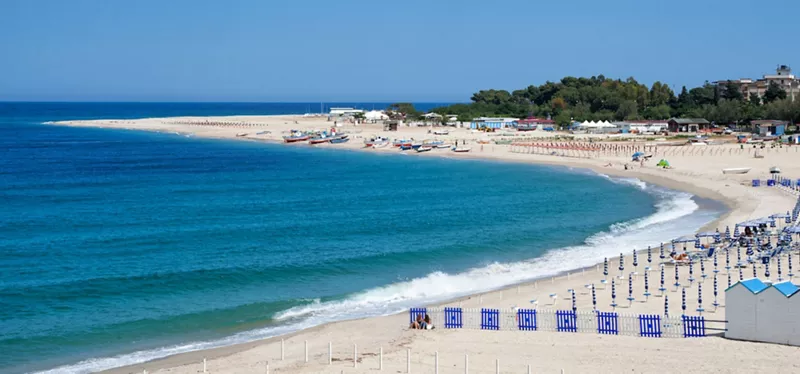
Situated in the southern part of the Gulf of Squillace, it’s defined as the “pearl of the Ionian Sea” due to its beauty. Its seaside promenade is famous, and the large number of sea horses here resulted in the creation of the Soverato Bay marine park in 2009. In addition to a modern municipal theatre, Soverato is also home to a Mediterranean aquarium and a marvellous botanical garden.
Badolato
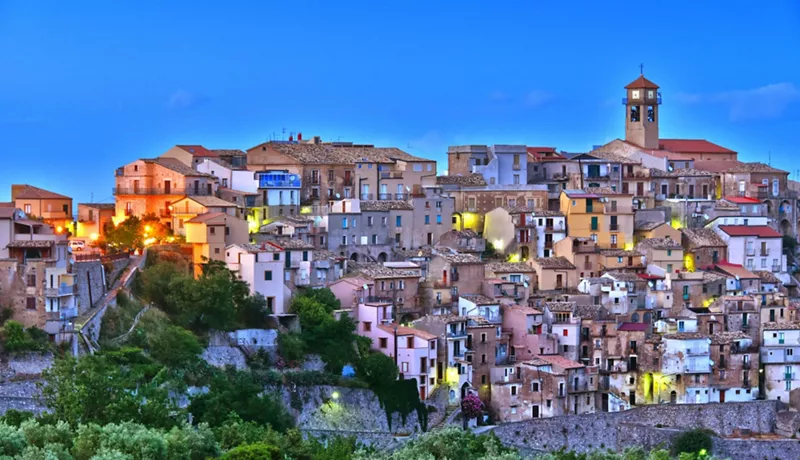
A medieval village located on a hill a few kilometres from the Ionian coast, the Pre-Calabrian Serre are behind it. It owes its origins to Roberto il Guiscardo (1080), who built a fortified castle here. The hamlet of Badolato Marina welcomes a large number of visitors.
Sant'Andrea Apostolo dello Jonio

This territory is filled with traditions and varied landscape that embraces the sea, mountains and hilly areas. A famous holiday destination with its crystal-clear water and uncontaminated beaches, the town also has many monuments and churches to visit, such as mother church of Santi Apostoli Pietro e Paolo or the chapel in Palazzo Scoppa.

